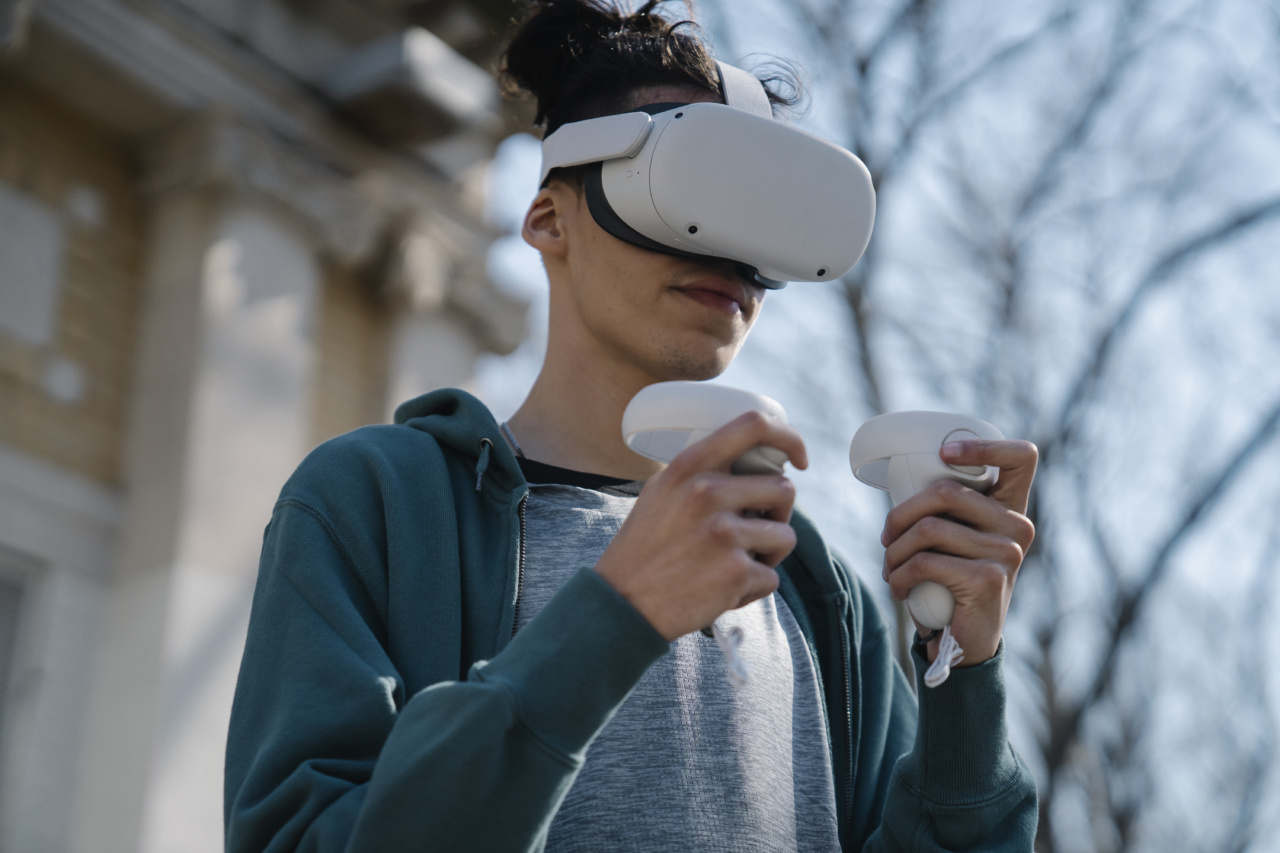Alzheimer’s disease affects millions of people around the world, and early detection is crucial for proper treatment and management.
Traditional methods for detecting Alzheimer’s involve memory and cognitive tests, but these tests can be unreliable and subjective. Recently, technology has offered new ways to detect Alzheimer’s disease, including the use of virtual environments.
What is Alzheimer’s Disease?
Alzheimer’s disease is a progressive neurological disorder that affects cognitive functions, including memory, language, and orientation. It is the most common cause of dementia, accounting for 60-80% of all dementia cases.
Alzheimer’s typically affects older adults, with the risk increasing with age. The early symptoms of Alzheimer’s disease include forgetfulness, confusion, and difficulty with everyday tasks, such as following a recipe.
Traditional Alzheimer’s Detection Methods
Traditional methods for Alzheimer’s detection include cognitive and memory tests, physical exams, and imaging tests. These tests are subjective and often lack sensitivity or specificity.
The Mini-Mental State Examination (MMSE) is a commonly used cognitive test for Alzheimer’s disease detection. It assesses memory, attention, language, and orientation. However, the MMSE has limitations, including the ability to detect mild cognitive impairment and the effect of education on test results.
Alzheimer’s Detection using Virtual Environments
Recent studies have explored the use of virtual environments for Alzheimer’s detection. Virtual environments are computer-generated simulations that mimic real-world environments and can test memory, attention, and spatial navigation.
These virtual environments can be created using 2D or 3D graphics, and can incorporate auditory and haptic feedback for a more immersive experience.
How does Virtual Environments Help in Alzheimer’s Detection?
Virtual environments offer several advantages over traditional Alzheimer’s detection methods. They offer standardized and repeatable testing conditions.
The virtual environments can also be customized to test specific cognitive functions, such as spatial navigation or working memory. Virtual environments can also provide more objective measures of cognitive function. Sensors can monitor changes in body temperature, pupil dilation, and other physiological responses to stimuli, providing valuable insights into cognitive function.
Types of Virtual Environments for Alzheimer’s Detection
There are several types of virtual environments used for Alzheimer’s detection, including:.
1. Virtual Reality (VR) Environments
VR environments are fully immersive environments that use head-mounted displays to create a sense of presence in the virtual world. VR environments can test spatial navigation and memory recall, among other cognitive functions.
VR environments have been shown to be effective in detecting Alzheimer’s disease in its early stages. However, the technology can be expensive, and not all older adults can use VR technology.
2. Augmented Reality (AR) Environments
AR environments overlay computer-generated information onto real-world environments. AR environments can enhance object recognition and spatial navigation, among other cognitive functions.
AR environments can be more accessible than VR environments because they do not require a head-mounted display. However, AR technology is still relatively new, and more research is needed to determine its effectiveness for Alzheimer’s detection.
3. Video Game-based Environments
Video game-based environments use off-the-shelf video games to test cognitive function. These games can be adapted to test specific cognitive functions, such as memory recall and spatial navigation.
Video game-based environments are more accessible than VR and AR environments because they do not require specialized equipment. However, not all older adults may be familiar with video games, and the games may need to be adapted to suit different cultural and socioeconomic backgrounds.
Benefits of Virtual Environments for Alzheimer’s Detection
Virtual environments offer several benefits for Alzheimer’s detection, including:.
1. Early Detection
Virtual environments can detect Alzheimer’s disease in its early stages, providing an opportunity for early intervention and treatment.
2. Objective Measures
Virtual environments can provide objective measures of cognitive function, enhancing the accuracy and reliability of Alzheimer’s detection.
3. Customizable Testing
Virtual environments can be customized to test specific cognitive functions, allowing for more targeted testing and treatment.
4. Cost-Effective and Accessible
Virtual environments can be more cost-effective and accessible than traditional Alzheimer’s detection methods.
Challenges with Virtual Environments for Alzheimer’s Detection
Virtual environments also face several challenges for Alzheimer’s detection, including:.
1. Equipment and Training Costs
VR and AR equipment can be expensive, and staff need to be trained to use the technology effectively.
2. Cultural and Socioeconomic Barriers
Virtual environments may not be suitable for all cultural and socioeconomic backgrounds. Video game-based environments may not be familiar to all older adults, and the environments may need to be adapted to suit different cultural backgrounds.
3. Standardization and Validation
Virtual environments need to be standardized and validated against traditional Alzheimer’s detection methods. Standardization is essential to ensure the reliability and comparability of results across different testing locations and populations.
Validation is necessary to demonstrate that virtual environments are at least as effective as traditional methods for Alzheimer’s detection.
Conclusion:
Virtual environments offer a promising new approach to Alzheimer’s detection.
While there are still challenges to overcome, the potential benefits of virtual environments for early detection, objective measures, and customizable testing make it an exciting area for further research and development. Virtual environments are particularly useful for detecting early-stage Alzheimer’s as traditional methods are ineffective at detecting this stage of the disease.
Virtual environments can provide a standardized and repeatable testing environment while being less subjective than traditional methods.






























